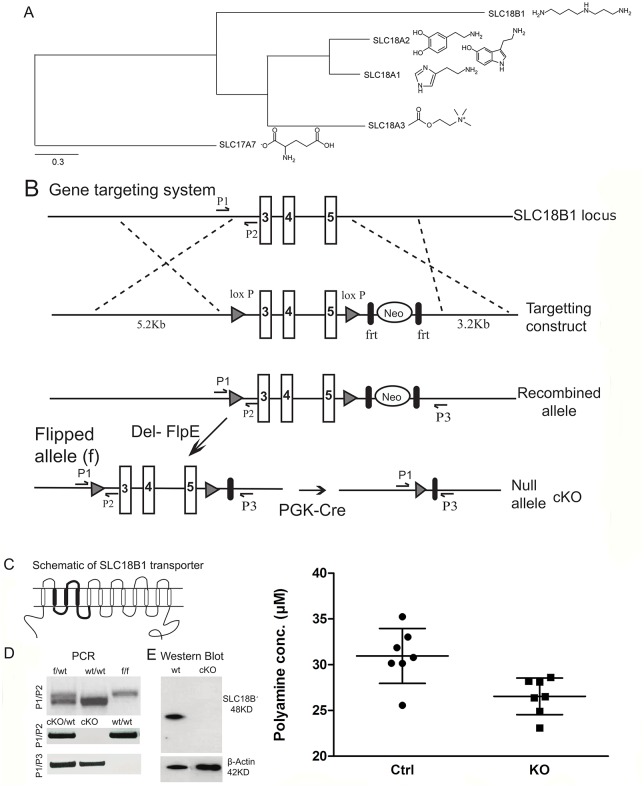Fig 1. Gene targeting of the Slc18b1 locus results in specific loss of SLC18B1 protein expression.
A) Phylogenetic tree showing the phylogenetic relationship of the proteins within the SLC18 family. SLC18A7 (vGluT1) is used as outgroup. The figure includes schematic images of the main substrates of transport for each transporter. B) The gene targeting strategy shows exons 3, 4 and 5 in the Slc18b1 locus flanked by 5’and 3’ loxP site followed by neo cassette flanked by frt sites resulting in recombinant allele (f). The locations of the PCR primers used in the screening are labelled P1, P2 and P3. The flipped allele is produced by crossing the heterozygous floxed mice with the deleter; Del-FlpE mice. The flipped mice are further crossed with PGK-cre mice to generate Slc18b1 null mutant mice. C) A schematic view of the Slc18b1 transporter with 12 transmembrane domains. The targeted region corresponds to the transmembrane domain 2, 3 and 4, and loops 2, 3 and 4. D) The PCR screen of the flipped and the null mutant mice with wild type mice and heterozygous mice using the primers illustrated in A. E) Western blot to detect the Slc18b1 protein in ctrl and knock out brain homogenate. The 48KD band in the ctrl mice corresponds to the Slc18b1 protein and β- actin was used as loading control. F) Measurement of total polyamine content in brain of cKO and ctrl mice. cKO has significantly (P = 0.011) lower total polyamine content in brain compared to ctrl.

